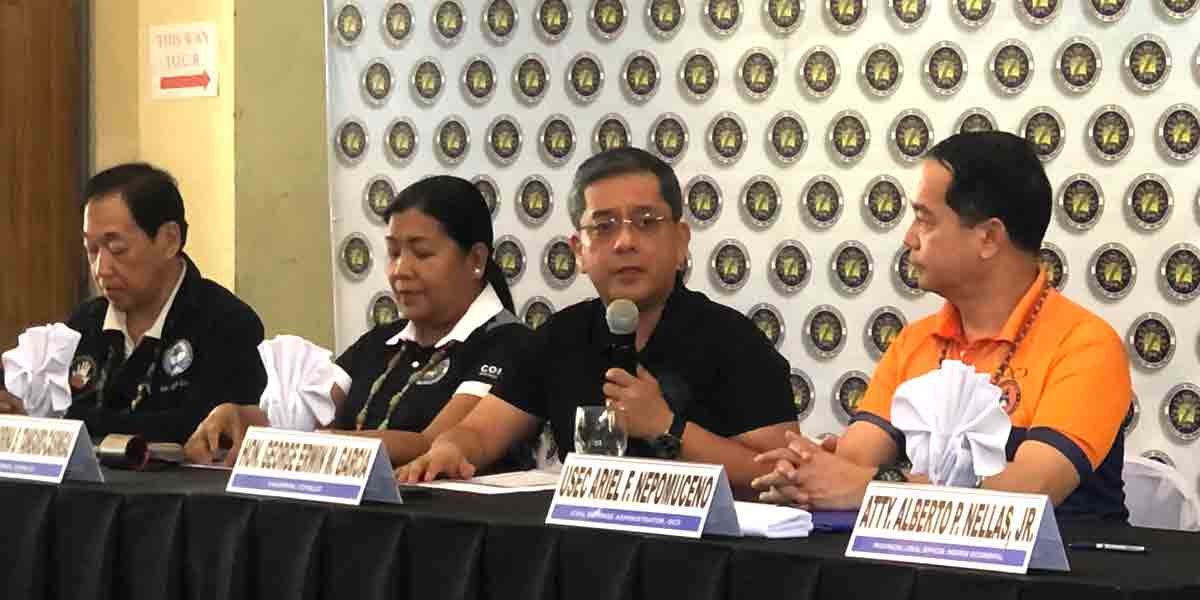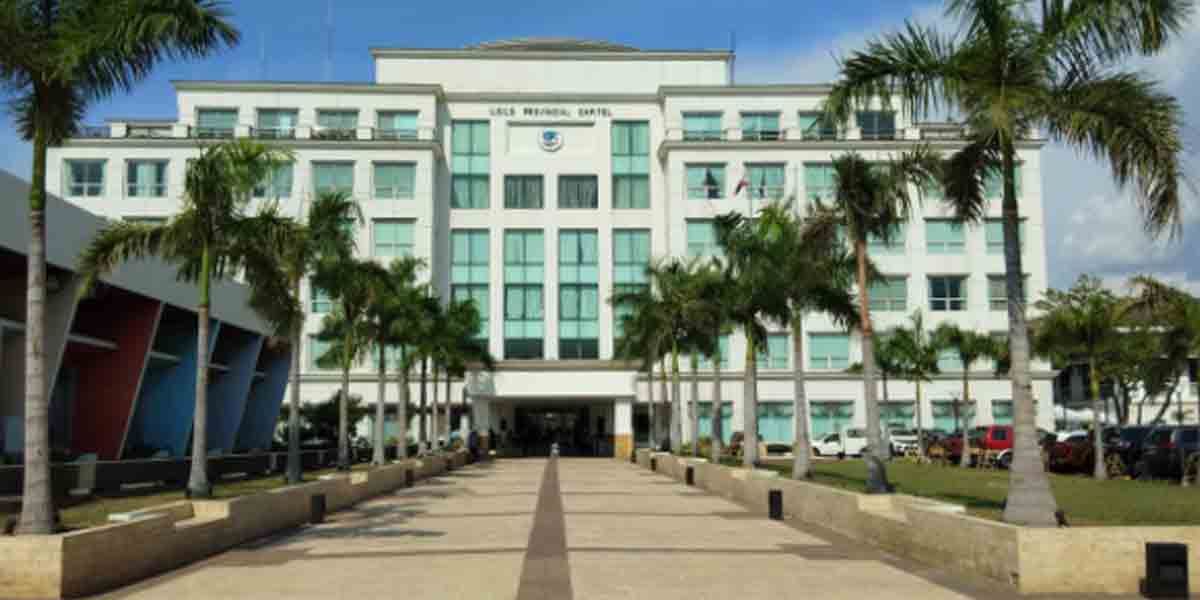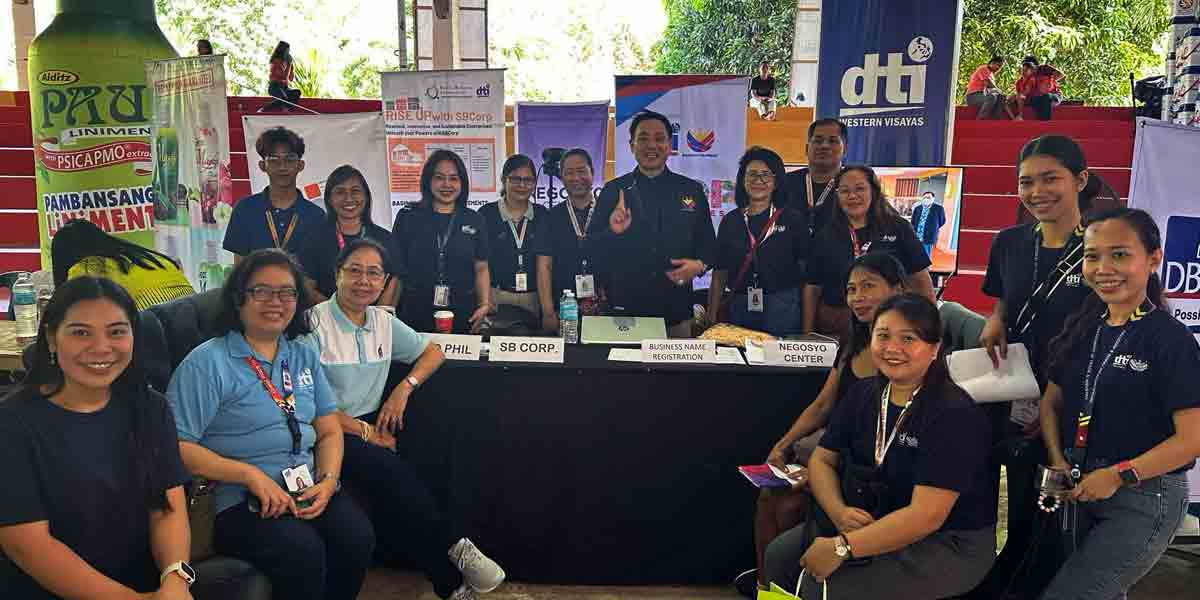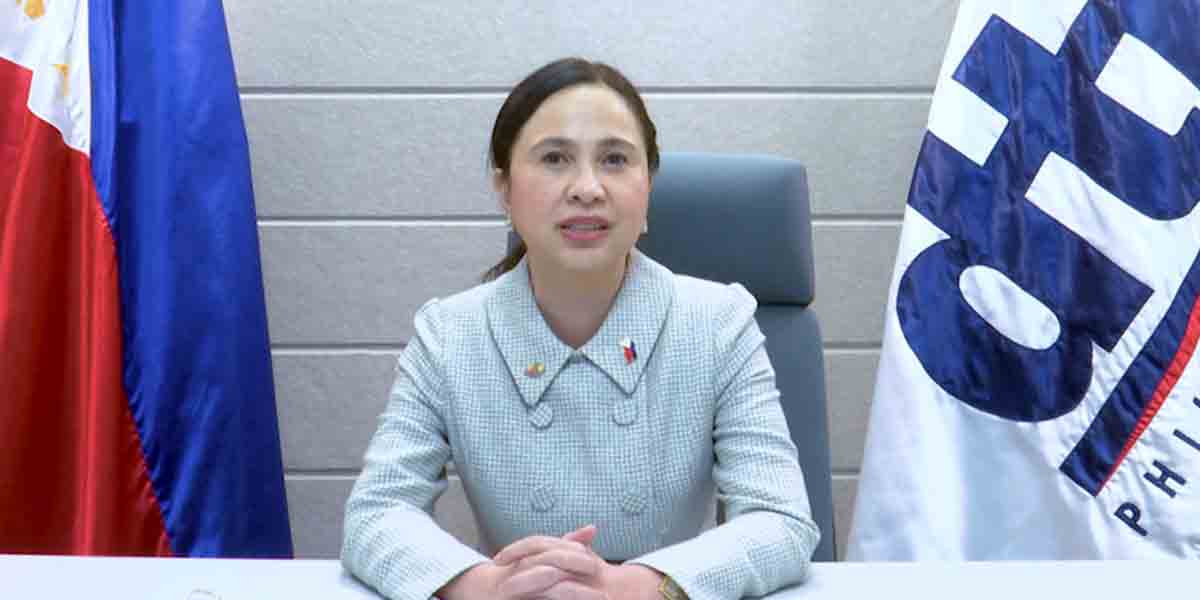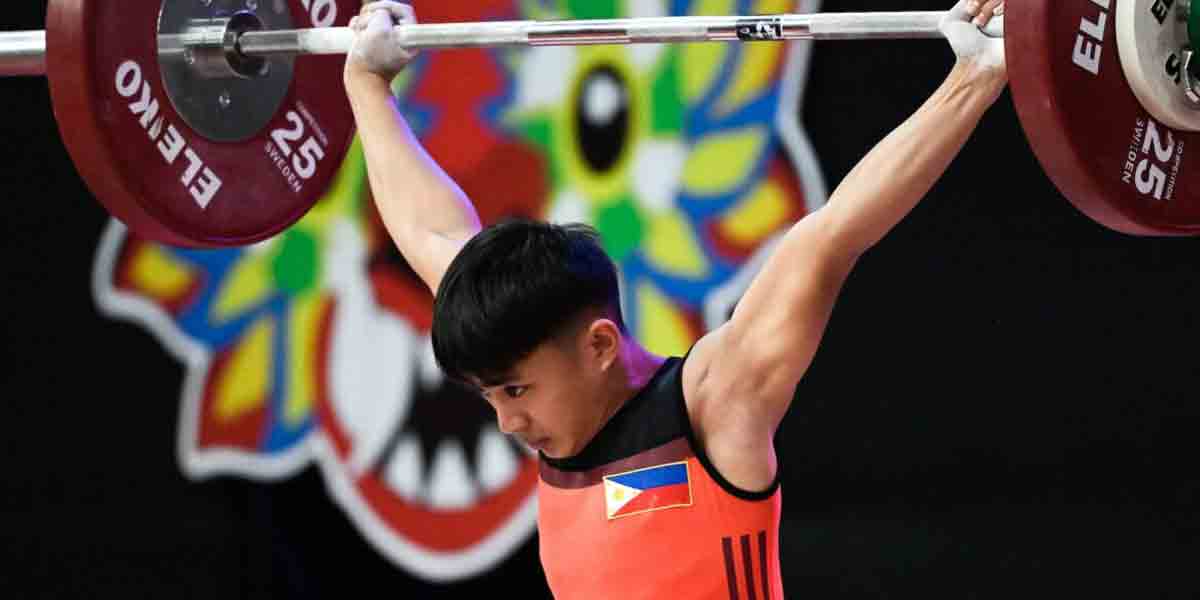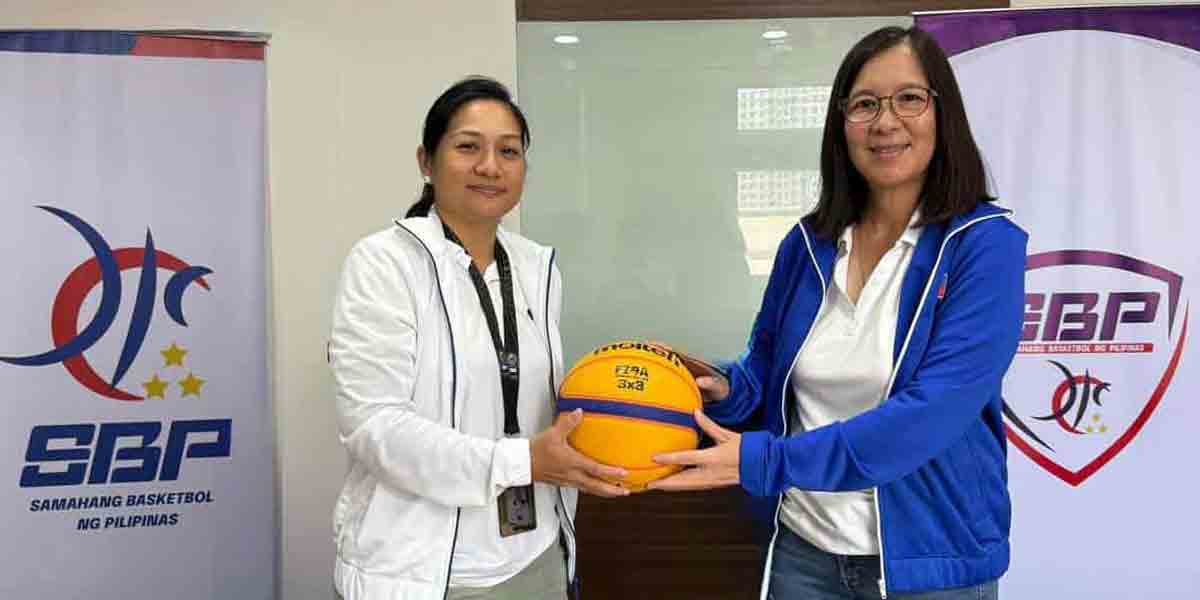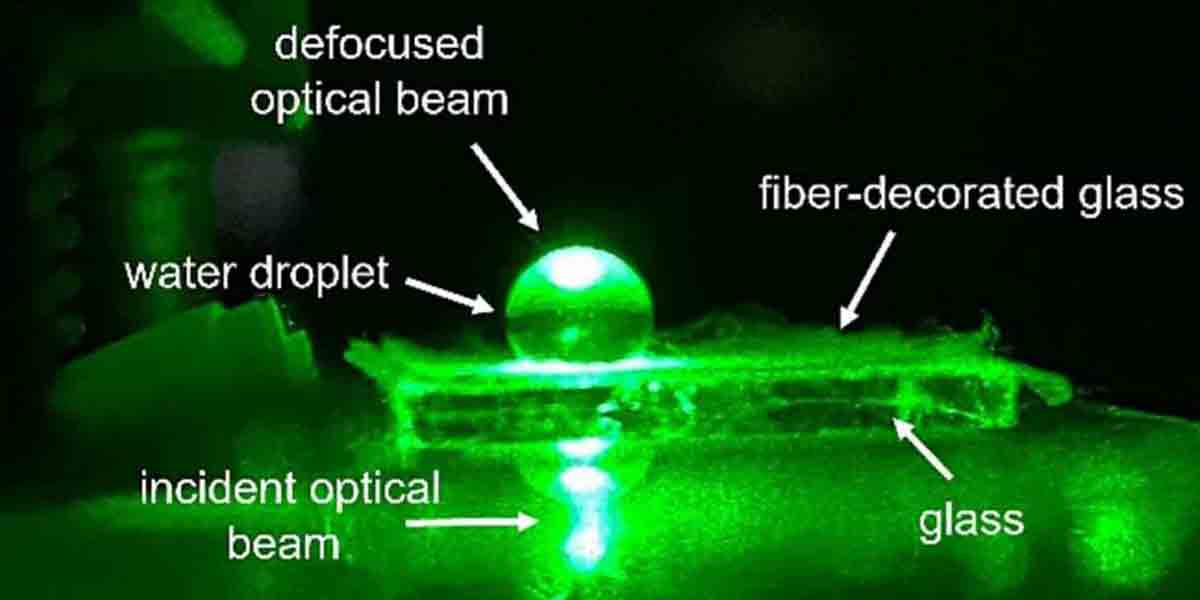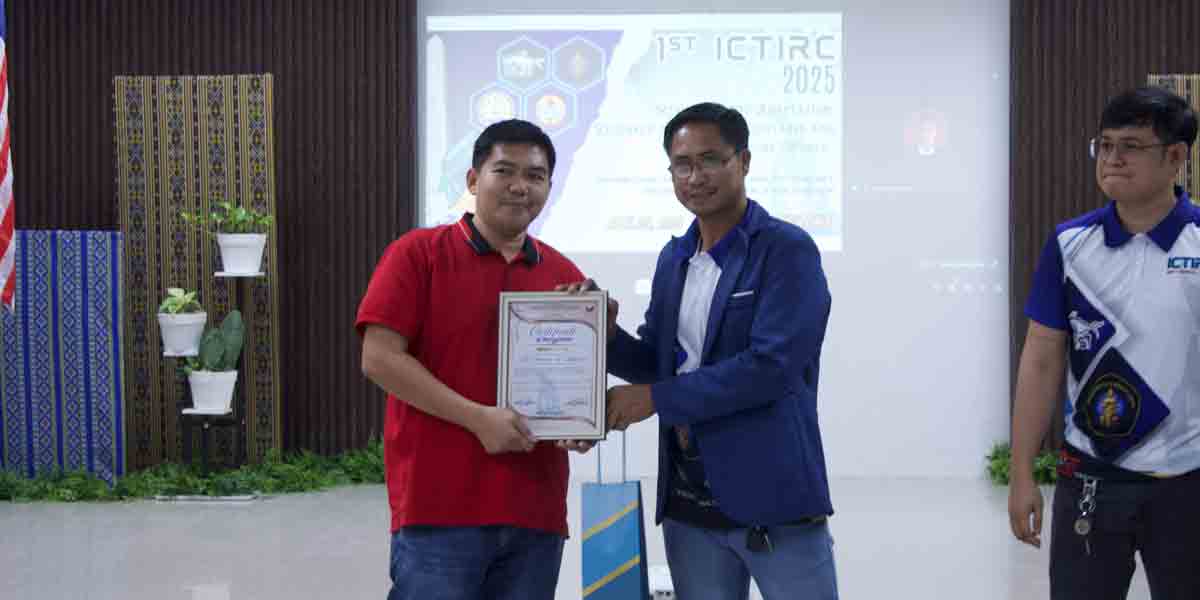
By: Emme Rose Santiagudo
THE five-year Panay Island UplandSustainable Rural Development Project (PIU-SRDP) granted by Korea International Cooperation Agency (KOICA) is expected to empower Panay local farmers and improve the agricultural sector in Western Visayas.
Now, on its third and final phase, the project aims to enhance the quality of life particularly of the locals in the upland communities of Panay Island.
On Friday, KOICA, through the Department of Agriculture (DA), turned over P65.5 million worth of facility and equipment to different local government units (LGUs) and beneficiary farmers associations (FAs) in Panay.
Through the project, local farmers will no longer be limited to just producing agriculture products but can go into distribution, KOICA President Lee Mi-Kyung said in a press conference.
This project is quite special. This project seeks to establish the sustainable development system run by farmers in the rural area, especially the upland, which remains at the outskirts of benefits in terms of development, she said.
Agriculture Secretary Emmanuel Piñol who represented the national government during the ceremony said the project will elevate the status of Panay farmers from just being raw material producers to becoming processors, marketers, and even agripreneurs.
Our farmers in the country have been nailed to the status of just being raw material producers. This is why today, the Iloilo province will mark a shift from that status. Today the farmers in Panay will be moving one level higher, from just a farmer that produces bean, cabbage, or tomatoes to the farmer who plants, harvest, and markets his products, he said.
5-YEAR PROJECT
The Panay Island Upland – Sustainable Rural Development Project (PIU-SRDP) is a five-year (2015-2019) collaborative rural development project between the KOICA and DA with its implementing offices, Hankyong National University as KOICA-Project Management Consultancy (PMC), and the DA Regional Field Office VI (DA RFO VI).
By initiating the public-private partnership (PPP), the project will establish a sustainable rural development environment throughout the project cycle.
It aims to produce five outputs, specifically, enhancing living condition and agricultural production system, strengthen PPP, improving agricultural marketing system, and building development capacity.
Composed of three phases, the first phase which focused on community development was implemented in 15 pilot upland barangays from four municipalities in the provinces of Antique, Capiz and Iloilo.
Meanwhile, Phase II mainly focused on income-generating projects of ten selected upland barangays represented by eight recipient farmers associations.
Currently, the project is on its final stage focusing on the promotion of local food marketing and building an integrated mechanism between marketing and finance as a local food system in 11 municipalities of Panay Island.
During the third phase, ten Bayanihan Tipon Centers (BTC) were also established in Libacao and Madalag in Aklan; Patnongon, Sebaste and Tobias Fornier in Antique; Jamindan and Tapaz in Capiz and Alimodian, Lambunao and Tubungan in Iloilo.
To serve as the consolidation center for the products from BTC, a regional Local Food Terminal (LFT) in San Miguel which was inaugurated on February 7, 2019 was also established.
With the steadfast growth in the economy of the region, DA-RFO-6 Executive Director Remelyn Recoter hopes that the local farmers will continue the project to sustain the needs of the populace and the tourists.
We would like the Panay Island upland farmers to continue with this project to sustain the project as Western Visayas is a booming economy which needs food supply not only for the populace but also for the tourist coming in the Visayas, she said.
Using the marketing system, Piñol said he is confident that the project will be sustained and be replicated to other parts of the country.
I believe the system that we are using is sustainable, involving the farmers in the process is a very safe way of ensuring the sustainability of the project. If it is stakeholders driven, then I would likely assume it will succeed. This is a very good example. We could actually replicate it to other parts of the country, he said.
Meanwhile, San Miguel Mayor Marina Luz Gorriceta who expressed her huge gratitude to the different stakeholders also underscored the challenge for the municipalities and beneficiaries to innovate and work hard to sustain the project.
This is a huge challenge for all of us on how to sustain the production of farm products. In this premise, we must be innovative and learn more knowledge on how to grow multi-cropping and apply multi-method of growing them for abundant harvest. We have to work harder to assure that this project will be sustained, she noted.


